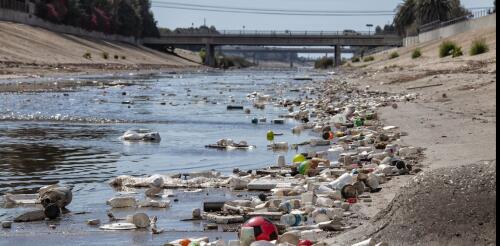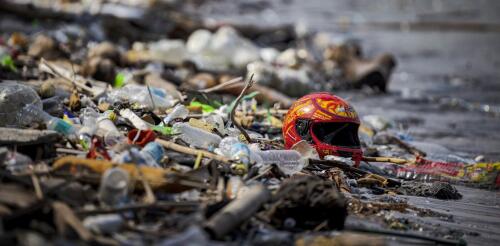Global plastics treaty
Plastic waste is piling up at a daunting pace around the world. The World Bank estimates that every person on the planet generates an average of 1.6 pounds (0.74 kilograms) of plastic waste daily. To curb this flow, 175 nations are negotiating a binding international treaty on plastic pollution, with a completion target of late 2024. In July 2024, the Biden administration released the first U.S. plan for addressing this problem. The new U.S. strategy covers five areas: plastic production, product design, waste generation, waste management and plastic capture and removal. It also lists actions that federal agencies and departments are currently pursuing. I study environmental law, including efforts to reduce plastic pollution. As the world’s largest economy, the U.S. is a critical player in this effort. Based on my research, here are three proposals in the U.S. plan that I believe are important and one omission that I view as a major gap. As of...
Plastic pollution has spread to Earth’s farthest reaches, with widespread effects on wildlife, the environment and human health. To curb this problem, U.N. member countries are negotiating a global treaty to reduce plastic pollution, which they aim to complete by the end of 2024. That effort is well underway. In September 2023, the U.N. Environment Programme released the so-called zero draft – a first iteration of ideas and goals that emerged from the first two rounds of negotiations. And in November 2023, the Intergovernmental Negotiating Committee on Plastic Pollution met in Nairobi, Kenya, for the third negotiating round of a planned five sessions. Studies show that plastic causes harm in all stages of its life cycle, from production through use and disposal. Because the draft treaty includes provisions that address all of these phases, environmental advocates greeted it as a step in the right direction. The draft includes 13 provisions that address issues suc...

